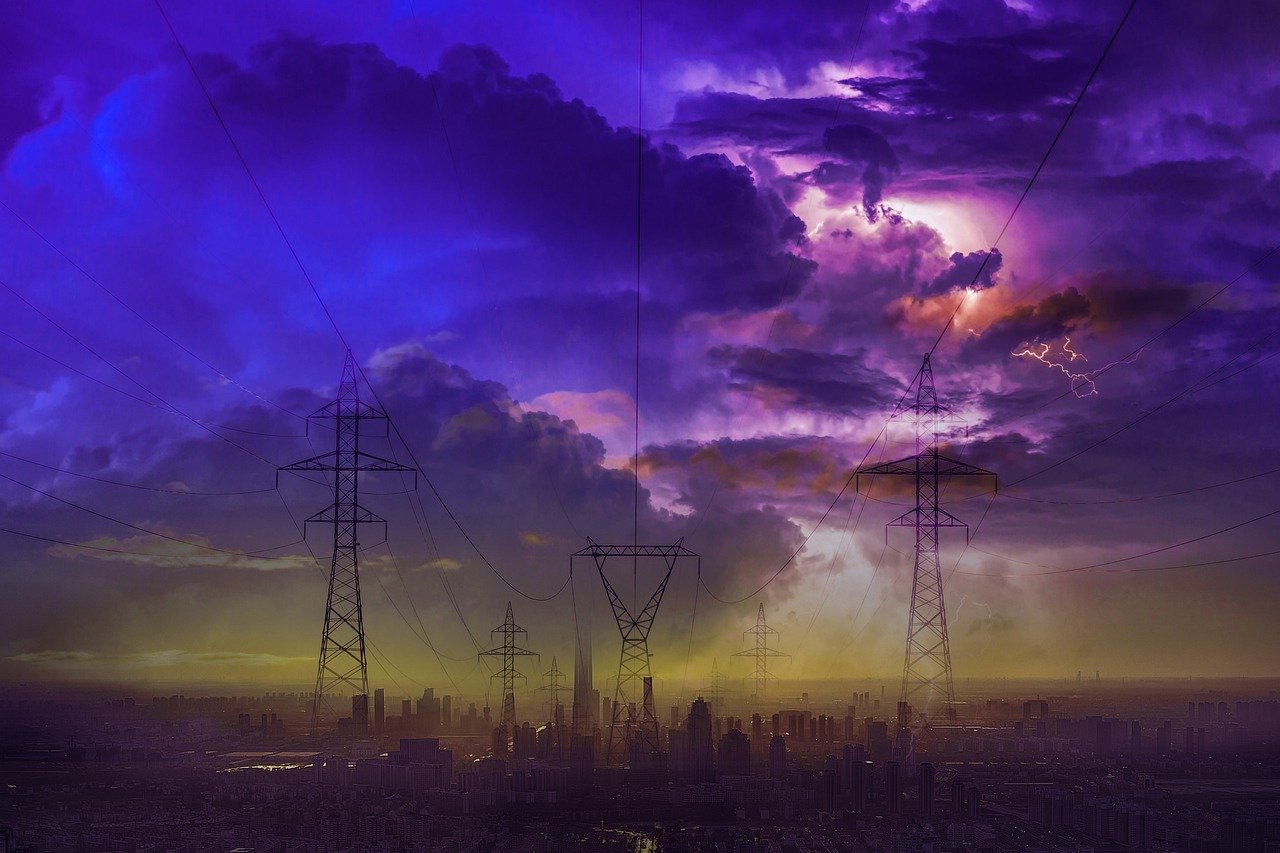It’s the same old story in Kenya, another major blackout hit the nation on Friday, the second in just one week. This time, while Kenya Power (KPLC) and the energy minister claim that 70% of customers got their electricity back by late afternoon, the rest of the country was left in the dark, literally and figuratively. You’d think, in 2024, Africa’s biggest economy in the East could keep the lights on, but apparently, that’s too much to ask.
According to Energy Minister Opiyo Wandayi, the latest fiasco was caused by a transmission line tripping at a substation. To make things worse, another line on the Ethiopia-Kenya high-voltage transmission system decided to join the party and trip as well. The result? A loss of 488 megawatts, about 27.3% of Kenya’s total power generation, which sent the grid into a downward spiral, leading to a partial collapse.
“The loss of 488MW, accounting for 27.3% of the total generation, resulted in cascade failure and a partial collapse of the grid,” Wandayi said.
Wandayi admitted what we’ve all known for years. “What we are witnessing today has built up over time and is a result of sub-optimal investment in infrastructure.”

Friday’s blackout didn’t just bring households to a standstill it crippled businesses across several regions in Kenya, once again showing that the power sector in East Africa’s supposed ‘economic powerhouse’ is anything but reliable. This follows closely on the heels of a blackout on August 30 that lasted for hours. And don’t even get started on last year’s embarrassing episode that left Nairobi’s main airport, Jomo Kenyatta International Airport, in total darkness. A national embarrassment!
Kenya’s endless blackouts are no longer funny—they’re becoming a defining feature of the country’s energy sector. For a nation that’s aiming to be a regional leader, this consistent power failure is a bad look. Let’s face it, Kenya’s power grid is hanging on by a thread, and unless someone starts investing real money in infrastructure, these blackouts won’t be going anywhere.
At this rate, maybe Kenyans should start preparing for candles and flashlights as permanent fixtures in their daily lives. After all, it seems like reliable electricity is becoming a luxury only a few can enjoy in the so-called economic giant of East Africa.

















